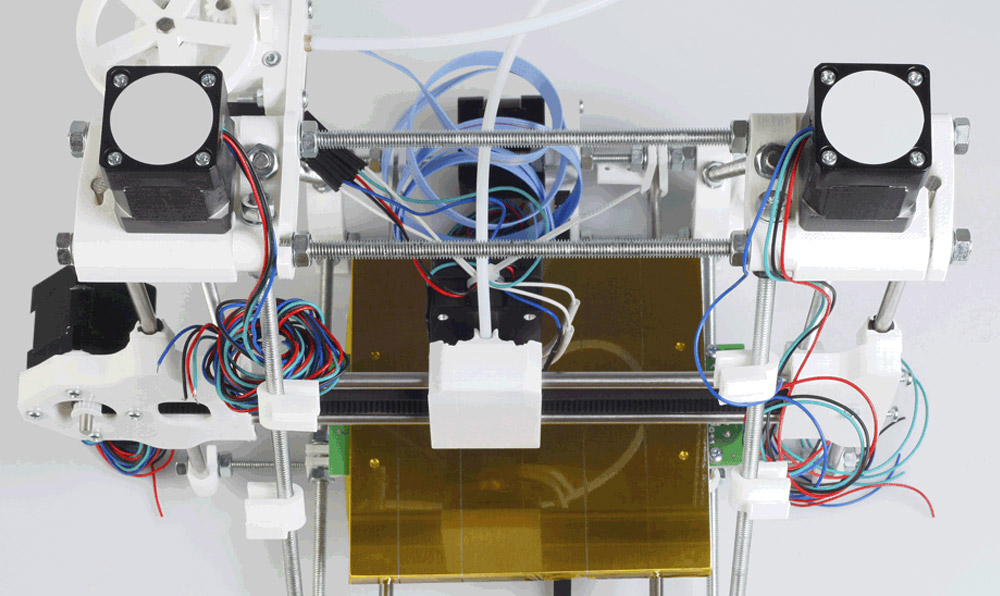The export of controlled goods is highly regulated in the European Union, as in the United States, for both defense-related and “dual-use” (civilian products that have military applications) items.
Goods for import and export are classified for tariffs and trade statistics using the Harmonized Tariff System (HTS). Controlled goods have an additional independent classification, either as a military or dual-use item.
Each country (or economic union, or consortium of countries) develops national schedules for their concessions based on an international standard. For HTS, that standard is the World Trade Organization Brussels tariff nomenclature. For controlled goods, the international standard is the Wassenaar Arrangement. Established in 1996, the Wassenaar Arrangement is a voluntary export control regime, whose forty-two member countries exchange information on transfers of conventional weapons and dual-use goods and technologies, and produce the base classification tables for both Dual-Use and Munitions List items.
The United States has improvised on Wassenaar dual-use classifications more than any other country, layering a license determination system over the classifications (based on Reasons for Control to specific destinations defined on a Country Chart), a license exceptions scheme, and also adding many items in designated optional spots in the numbering scheme (for instance the “600 series” items for U.S. Export Control Reform). For Military List items, the U.S. developed the Wassenaar Guidelines into its United States Munitions List (USML). None of these U.S. innovations apply to other countries, which have their own schedules adapted from Wassenaar, and different license determination systems, usually with General Authorizations for exceptions to specific destinations.
In the Wassenaar Arrangement Guidelines and Procedures the list of restricted technology classification items is in two parts: the “List of Dual-Use Goods and Technologies” (also known as the Basic List) and the “Munitions List.” The Basic List is composed of ten categories, as follows:
Category 1 – Special Materials and Related Equipment
Category 2 – Materials Processing
Category 3 – Electronics
Category 4 – Computers
Category 5 – Part 1 – Telecommunications
Category 5 – Part 2 – Information Security
Category 6 – Sensors and Lasers
Category 7 – Navigation and Avionics
Category 8 – Marine
Category 9 – Aerospace and Propulsion
The Basic List has two nested subsections—Sensitive and Very Sensitive. Items on the Very Sensitive List include materials for stealth technology, such as equipment that could be used for submarine detection, advanced radar, and jet engine technologies.
The Munitions List has 22 categories, which are not labeled.
As mentioned, and as can be seen by the headings, the United States adopted the Wassenaar dual-use categories for the U.S. Commerce Control List, along with the Munitions List categories for the United States Munitions List (USML). Other countries participating in the Wassenaar Arrangement also adopt these structures and classification items, including Canada and the countries of the European Union.
In the European Union, the Wassenaar classification schedules are annexes in the respective EU Council regulations enacted for the control of dual-use and military goods.
The current EU base regulation for dual-use is Annex I to the COUNCIL REGULATION (EC) No 428/2009 of 5 May 2009 setting up a Community regime for the control of exports, transfer, brokering and transit of dual-use items.[i] This 2009 regulation is revised and amended regularly, the latest full edition being Nr. 1969/2016.
Annex II in the Regulation is the Community General Export Authorisation NoEU001. Annexes IIIa and IIIb are models for individual or global export authorization forms and brokering services authorization forms.
Annex IV, very significantly, contains details of classification items where an “authorisation shall be required for intra-Community transfers of dual-use items …. Items listed in Part 2 of Annex IV shall not be covered by a general authorisation.” These include items of stealth technology, community strategic control and cryptography, Missile Technology Control Regime (MTCR) technology, Chemical Weapons Convention (CWC) items, and Nuclear Suppliers Group (NSG) technologies. A classification item appearing in Annex IV overrides any other consideration for purposes of EU export licensing.
The dual-use Annex I in the main Regulations is sometimes supplemented by National Controls implemented by individual countries within the EU, applying to that jurisdiction only – in particular U.K., Germany, France, and Italy.
The current EU base regulation for military items is the COMMON MILITARY LIST OF THE EUROPEAN UNION (equipment covered by Council Common Position 2008/944/CFSP defining common rules governing the control of exports of military technology and equipment), originally published as Nr. 944/2008, revised 9.4.2014.
An important thing to understand about these regulations is that the EU classifications for dual-use and national amendments are the classifications used for export declarations and for the use of General Authorizations. The classifications in the EU Common Military List are not the classifications used for the export of defense articles. Although based on the EU Common Military List, military goods and technologies are classified using the National Controls implemented by the respective countries. The munitions schedules published by EU countries generally only contain classifications for goods known to be manufactured or produced in that country, or a country will have no Military List at all if it does not produce any munitions articles for export. Dual-use goods travel freely between countries within the European Union. In general, military goods require a license or authorization for exports to other EU countries as well as abroad.
The classification of dual-use goods in the EU is usually undertaken as a comparison of sources made in parallel—or at least this is a helpful and assuring approach. Accurate technical detail is essential in the classification of controlled goods, which are often decided, and also found exempt-or-not (“EAR99” in the United States), on the basis of the fine detail of engineering specifications.
The classification sources entailed for EU are the Wassenaar Basic List, the U.S. Commerce Control List (ECCN), the EU dual-use Council Regulation Annex I, and any additional National items for the country from which you are exporting.
These are the main points about effective EU controlled goods classification, with a reminder that effective classification is in the details. Accurate technical detail on the basis of up-to-date product specifications is essential.
[i] Information regarding Annexes sourced from the Official Journal of the European Union. https://eur-lex.europa.eu/oj/direct-access.html. Accessed April 11, 2018


